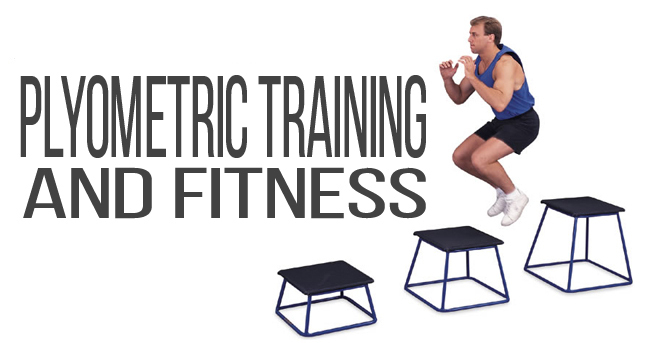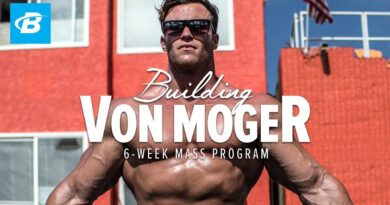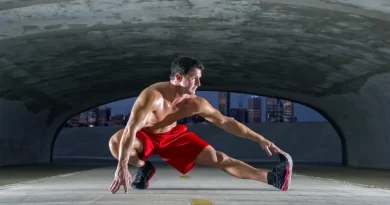Get in Shape with a Plyometric Workout
A plyometric workout focuses on rapid and powerful movements that are meant to increase your speed, strength, and flexibility. Plyometric workouts are particularly effective if you’re looking to improve your athletic performance in a particular sport, but they’re also great if you want to strengthen your muscles or just look better and feel better about yourself. Here are a few ways you can get in shape with a plyometric workout program.
What are plyometrics?
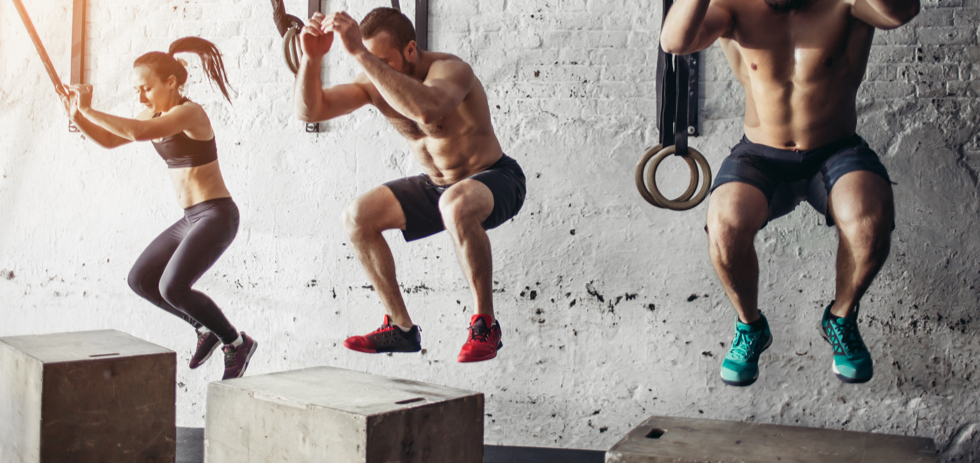
If you’re trying to become stronger and bulk up, plyometrics—which involve a burst of explosive moves—is a good option. Because it forces your muscles to recruit more muscle fibers than normal, plyometrics are one of the best ways to make muscles grow. Many people do not initially think of plyos as jumping, but you can make them an integral part of a variety of exercises to achieve added benefits. Incorporate some jumps or explosive push-ups into your next leg day or upper body day, and the next thing you know, you’re gaining the skill. Plyometrics is a type of high-intensity exercise. Plyometrics can make you stronger and more able to complete physical tasks. Plyometrics exercises include a range of different physical activities like pushups, throws, running, jumping, and kicking. While some athletes incorporate plyometrics in their training, they can be performed by anyone who would like to gain speed, jump higher, or simply reduce injury. Individuals recovering from injury or surgery are encouraged to do plyometrics as they will increase an athlete’s healing process.
15 minutes to Fitness

Want to get fit, but don’t have time for daily workouts? Then try plyometrics. You can do plyometrics as part of your normal training or you can dedicate 15 minutes every day to doing it exclusively. To do that, you need to find some space to work out, because you’ll be jumping all over. A playground is perfect; if that’s not an option, just make sure there’s plenty of room and nothing breakable nearby! As long as there aren’t too many people around and nothing fragile in sight, you should be able to avoid hurting yourself when working out regularly. Exercise and diet are the two most powerful tools available for attaining high levels of health and function, and 15 Minutes to Fitness will show you just how little it actually takes to achieve a maximum response. Three plyometric exercises to start with are:- jumping rope, jump squats, clap push-ups. Benefits of Plyometrics Exercises : Burn more fat. Since plyometrics are by nature high intensity, they help you burn more fat, Increase coordination, Build strength.
What is a plyometric workout routine?
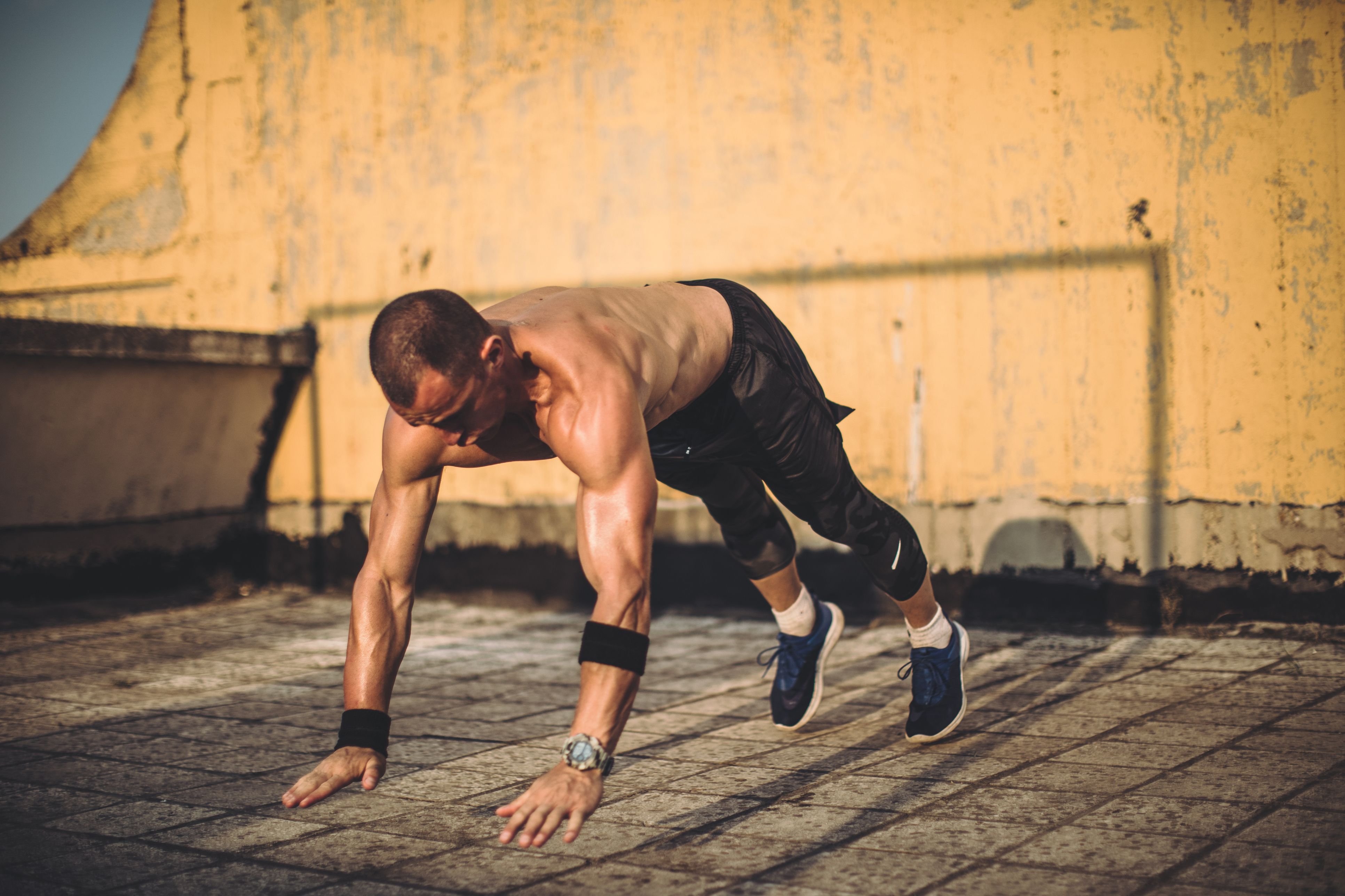
A typical resistance-training workout is great, but it cannot always offer the most diverse workout. When you’re lifting weights, you can only exert so much force and your muscle movements are restricted to certain planes of motion. However, the majority of experts recommend including some form of resistance training to your weekly routine if you want to burn fat and build muscle. If you’re looking for ways to make your workouts more varied, obtain faster results, or switch up your fitness routine, plyometrics may be a viable option. Should I do plyometrics every day? No, I recommend doing it one to three days a week.
How to get started?

The first step to getting started is having a goal. But it’s not enough to just have one – you need to write it down. Next, set small achievable goals that get you moving towards your larger goal; these are called milestones. For example, if your goal is to be able to do 25 jumping jacks, make smaller goals like being able to do 15 of them on day one and increasing by 5 each day until you reach 25. You can also start by tracking your workouts for a week or two so that you can see what kinds of exercises work best for you and make note of what days are more effective than others. As you progress through your workout program, it’s important to push yourself but not to overdo it. If you can’t reach your goals one day, don’t give up; just try again tomorrow and be sure to check your form so that you’re doing each exercise correctly. Be realistic about how many workouts you can complete per week. Even if you have time on the weekends, don’t do back-to-back or double workouts – it’s better to take a day off between sessions than risk pushing yourself too hard or injuring yourself. If an exercise is feeling difficult, remember that slowing down and concentrating on your form will help ensure that you’re getting all of its benefits without risking injury.
5 Important tips for getting started
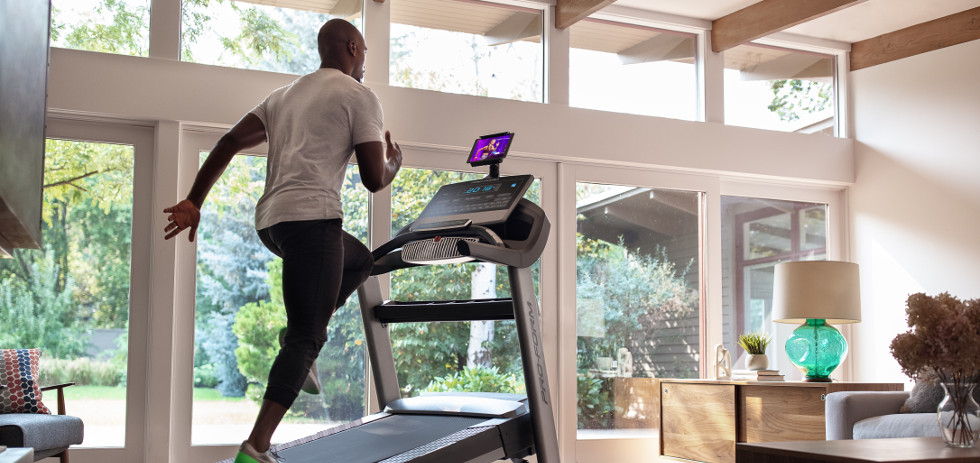
1. Warm Up – The most important part of your workout is warming up. Muscles need to be stretched and activated before you start moving quickly and jumping, otherwise you risk pulling or tearing something (this is especially true for your Achilles tendon). A good warm up should at least involve some jumping jacks, stretching, squats, and maybe a light jog to get your heart pumping. 2. Landing Matters – The jump isn’t over when you land on both feet—it’s where you spend most of your time in between jumps that really matters. You can jump really high but if you don’t absorb enough force when you land your legs will take a beating that could result in injury later on. If you practice absorbing the shock of landing properly during each plyometric exercise, then it won’t matter how much height you’re able to achieve because it’s safe. 3. Remember Your Core – It may seem obvious, but strengthening your core is just as important as strengthening any other muscle group because a strong core helps support the spine and keeps your back straight while performing exercises like lunges and push-ups.
Nutrition Tips for your first workout
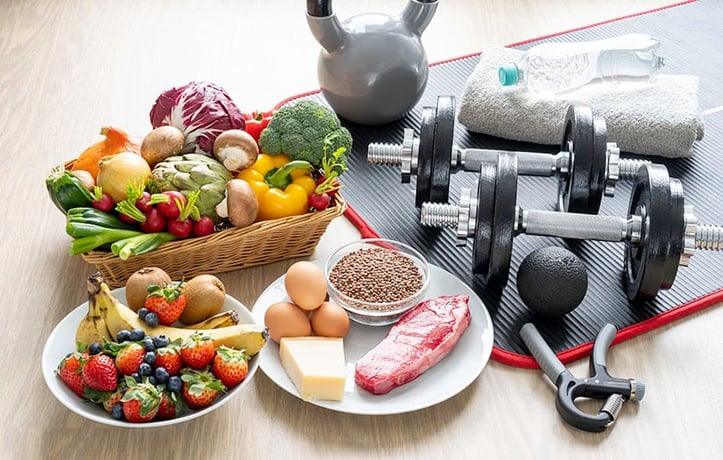
You’ve made it to your first workout! While you might be excited about all of these different exercises and movements, know that doing too much at once can get you injured. Start by taking it easy and performing simple moves that don’t require any special equipment—like lunges, planks, push-ups and crunches. Once you feel comfortable, add in strength training moves or switch to an intense class like Spin or step aerobics. Whatever you choose, make sure to fuel up before your workout by eating a small meal of complex carbs (for example: sweet potatoes) with protein (eggs) and healthy fats (avocado). This combination will stabilize your blood sugar so you won’t feel shaky during your workouts. Also, make sure to hydrate by drinking plenty of water. An easy way to remember how much you should drink is two liters per day. So whether you exercise or not, try to reach that goal each day.
Benefits of doing plyometrics
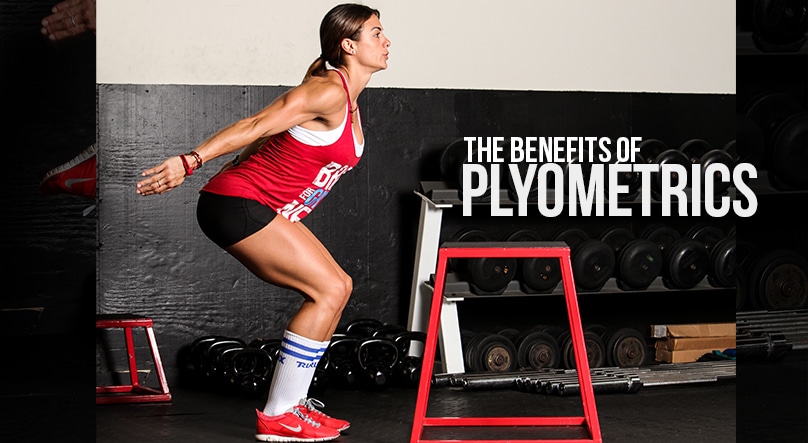
Think plyometrics are just for athletes? Think again. Research has shown that these types of exercises can have several positive effects on regular folks who simply want to be stronger and more fit. Here’s how plyometrics can help you to get in shape quickly and effectively -Increases speed, power, agility, endurance, and strength -Builds muscle fast: Weight-bearing activities such as squats and lunges build muscle mass faster than other forms of exercise like the elliptical or treadmill -Fatigue less: After a workout done using plyometrics, your muscles will still be tired even hours later! A study published in Medicine & Science in Sports & Exercise found that after doing an intense workout using only body weight or basic equipment such as dumbbells or medicine balls, participants had higher levels of energy expenditure up to 48 hours after the workout was completed

